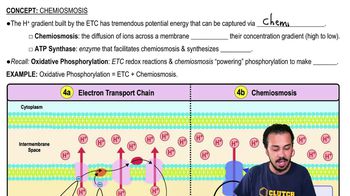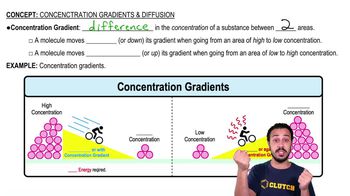Which of the following is the best definition of cellular respiration?
a. a sequence of redox reactions with O₂ as the final electron acceptor
b. a sequence of redox reactions with the final electron acceptor from the environment
c. a method of generating ATP
d. the complete oxidation of glucose to CO₂ and H₂O
e. a series of reactions in which pyruvic acid is oxidized to CO₂ and H₂O



